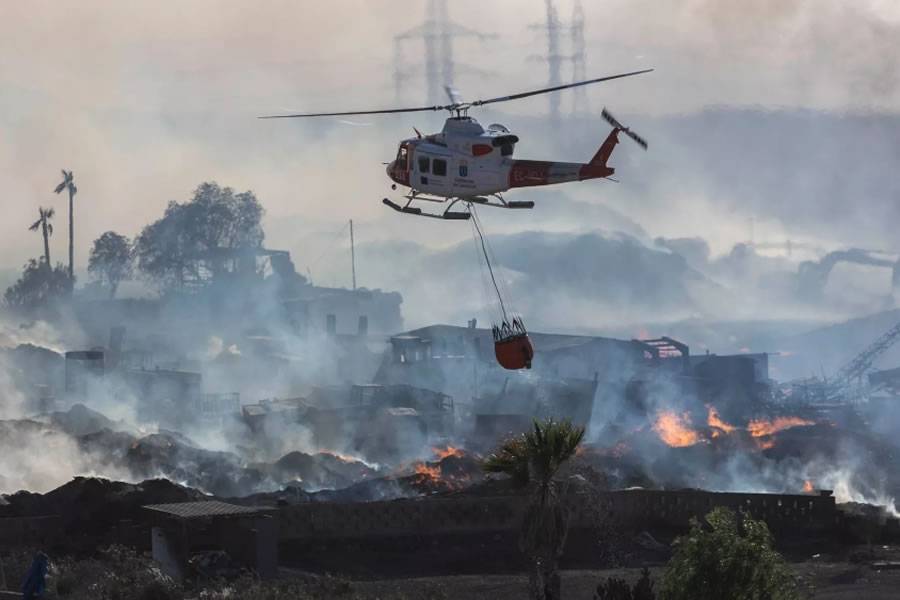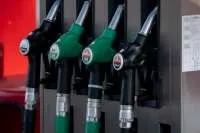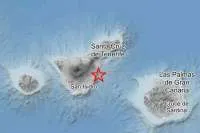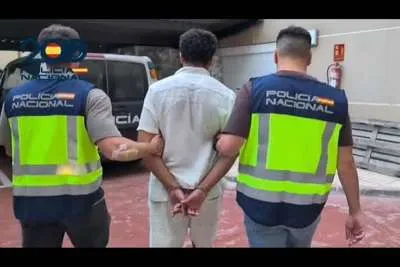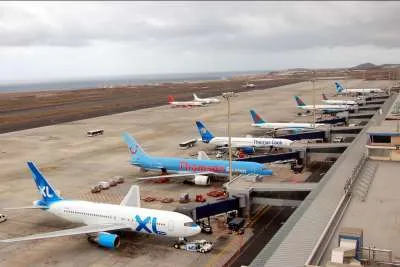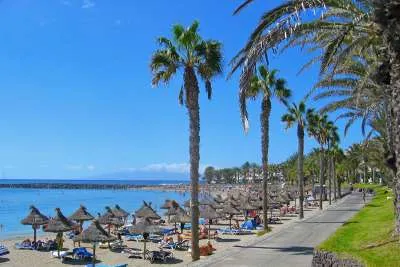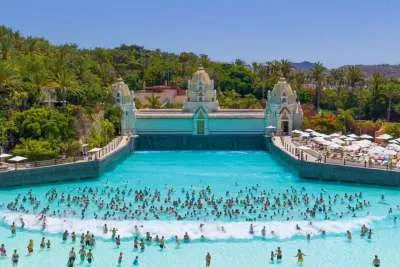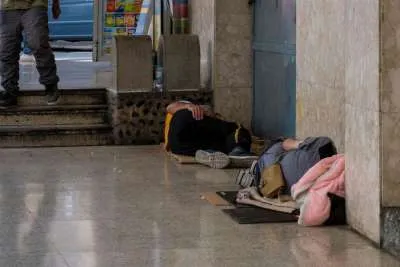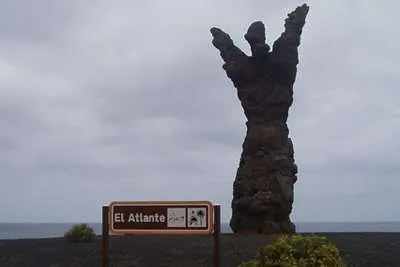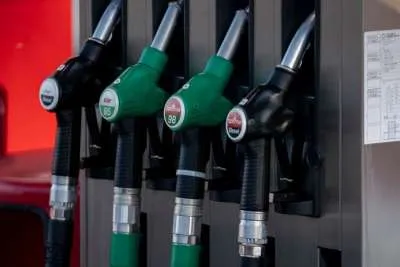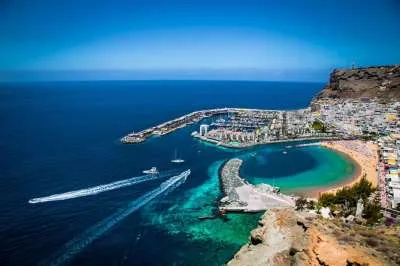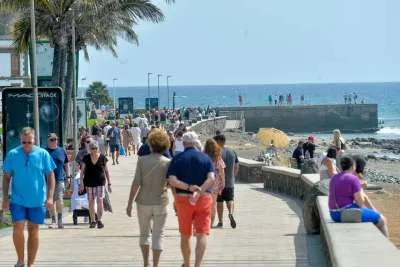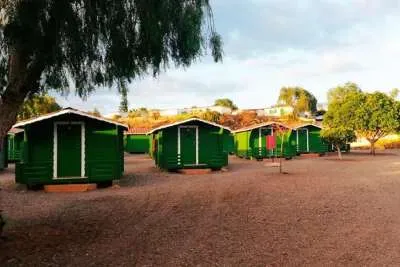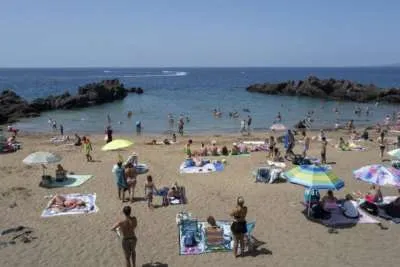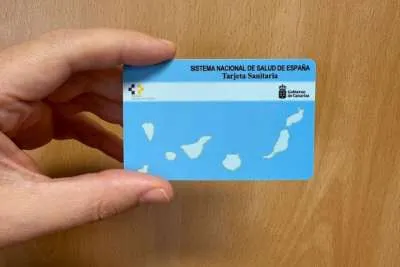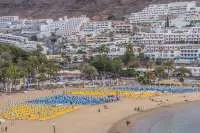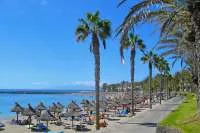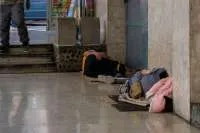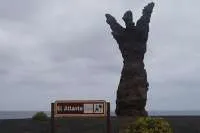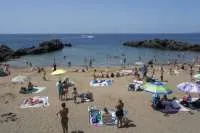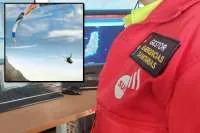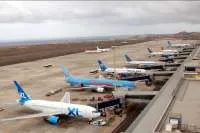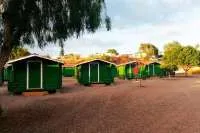Smoke from the compost plant fire in south Tenerife raises environmental concerns
- 17-01-2024
- Tenerife
- Canarian Weekly
- Photo Credit: 112 Canarias
In response to the ongoing fire at the composting plant in Parque La Reina, in the south of Tenerife, the Emergency Consortium for Fire Prevention and Extinguishing and Tenerife Rescue have issued a press release outlining the work being done and the resources being used.
They have also addressed the questions being asked about toxins in the smoke and the environmental impact locally.
1. Nature of the Fire:
The fire is divided into three sectors, primarily consisting of wooden pallets, untreated wood, and a mix of shredded wood from previous piles along with green material (agricultural and garden waste). The combustion of these materials predominantly produces CO2 and ash, similar to the pollution generated in forest fires.
2. Limited Presence of Toxic Chemicals:
Chemicals such as benzene, formaldehyde, acrolein, and ammonia, commonly associated with textile, plastic, petroleum-derived products, and oils, were insignificantly present in this fire. Their occurrence was limited to the initial phase when machinery, vehicles, and their fuels were burned. No composting processes were underway at the time of the fire.
3. Environmental Monitoring:
Continuous monitoring of smoke columns and their content has been conducted, considering specific meteorological forecasts for the area. Pollution measurements by the Guardia Civil teams (TEDAX and NRBQ - Nuclear, Radiological, Biological, and Chemical) have not shown a significant presence of toxic substances, except for carbon monoxide near the fire, posing no risk beyond the affected area.
4. Smoke Impact:
While the smoke contains microparticles causing reduced visibility and potential respiratory discomfort, there has been minimal significant impact. Residents have been advised to avoid exposure. Atmospheric conditions, with daytime breezes toward the mountains and nighttime breezes toward the sea, lead to higher smoke concentrations in the early morning hours.
5. Personnel Safety Measures:
Firefighting personnel are equipped with specific Personal Protective Equipment (PPE) for each type of intervention. In this case, forest fire PPE, including flame-resistant trousers and a lightweight jacket, high-calf safety boots, gloves, helmets, goggles, and particle masks have been utilized. The use of Breathing Apparatus has not been necessary, but they are available in the emergency zone.
6. Coordination and Equipment Deployment:
Heavy machinery, fire trucks, and helicopters are being deployed alongside firefighters. Work is organised in selected sections based on wind direction to minimize smoke impact. Continuous personnel rotations and breaks are in place, allowing for mask renewal during rest periods.
7. Risk Assessment:
The intervention includes a Risk Prevention Technician from the Tenerife Fire Consortium, evaluating exposure risks, ensuring safety measures compliance, and proposing additional protective measures.
8. Coordinated Emergency Response:
Firefighters, Cabildo resources (especially BRIFOR and the Natural Environment department), Canary Islands Government (Civil Protection, GES Helicopters, and ground personnel), Arona City Council (with active involvement from the Local Police), the Guardia Civil (including TEDAX and NRBQ), SUNA (the company owning the affected facility), and Tenerife Dams (Balten) are working in coordination to neutralise the emergency, manage risks with minimal impact on the population, and uphold professionalism and rigour throughout the response efforts.
Other articles that may interest you...
Trending
Most Read Articles
Featured Videos
A Vision of Elvis Tenerife Promo
- 10-05-2025
Tenerife Travel Guide
- 13-12-2024
Live webcam from Lanzarote airport
- 13-12-2024


